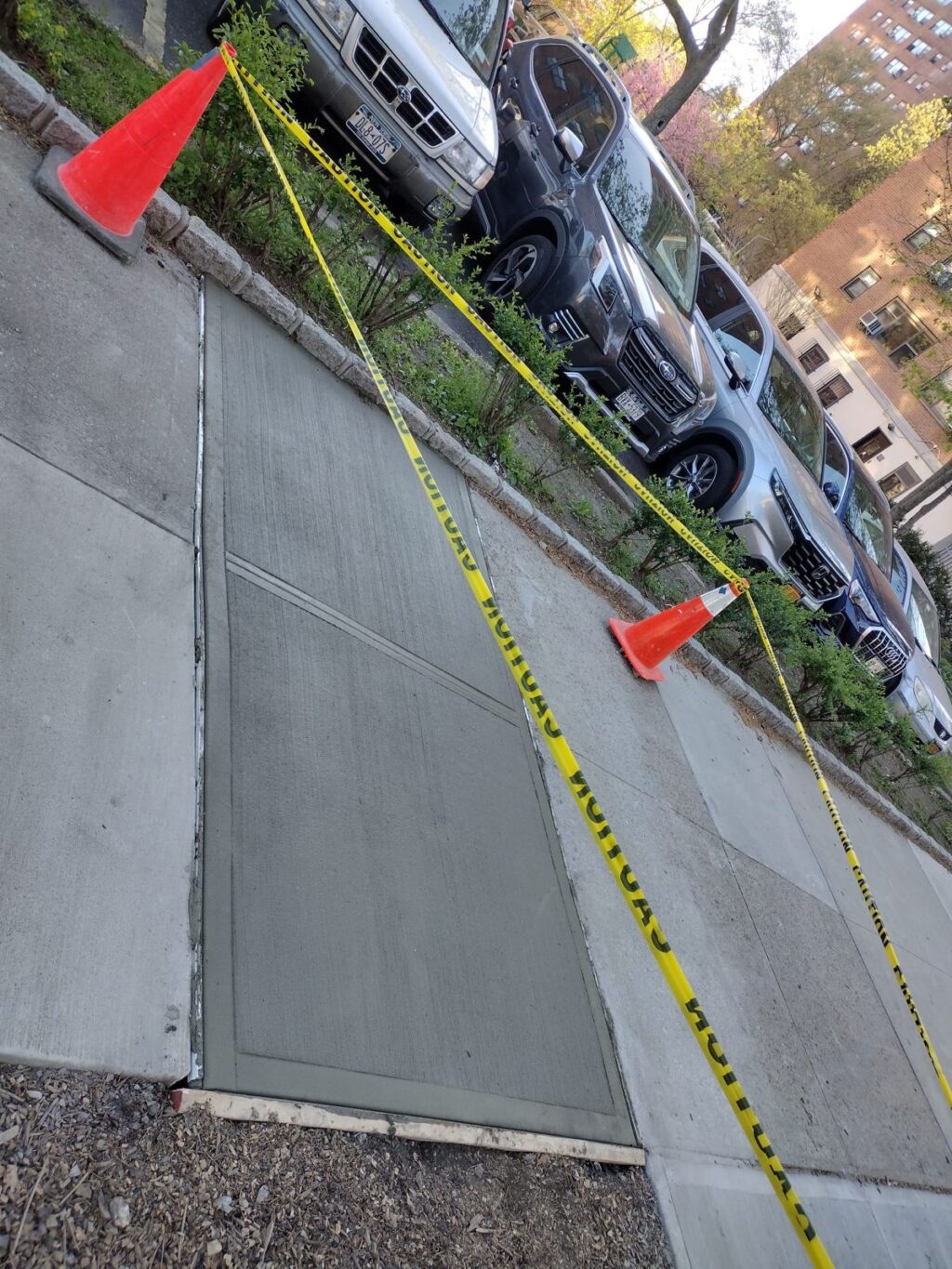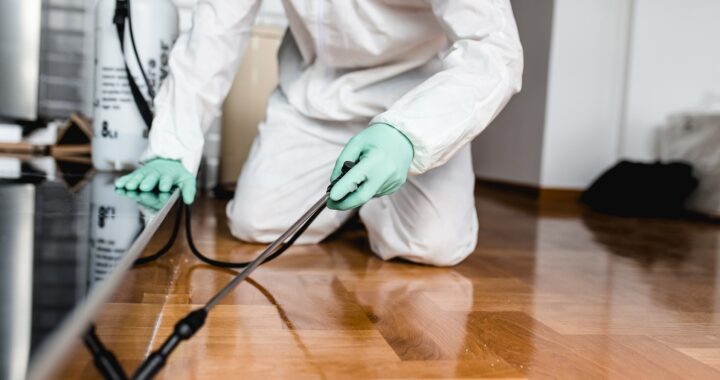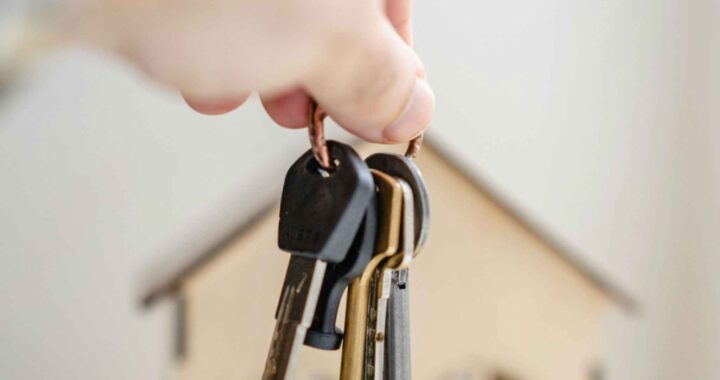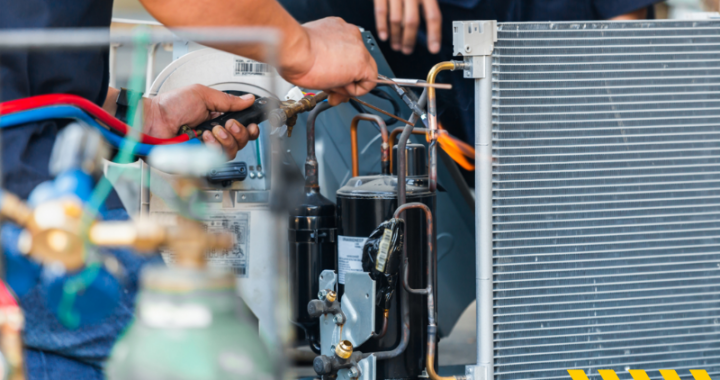What Homeowners Need to Know About Sidewalk Repairs in NYC

Sidewalks are essential elements of urban environments, contributing to pedestrian safety, accessibility, and the overall aesthetic appeal of neighborhoods. In New York City (NYC), homeowners play a crucial role in maintaining and repairing sidewalks adjacent to their properties. This guide provides an in-depth understanding of the responsibilities, processes, and best practices for sidewalk repairs, ensuring homeowners are well-informed and compliant with city regulations.
NYC Sidewalk Repair Laws and Regulations
Summary of Relevant NYC Laws
In NYC, property owners are responsible for maintaining the sidewalks in front of their properties. The NYC Administrative Code §19-152 outlines the duties of property owners regarding sidewalk maintenance and repair. This regulation ensures that sidewalks are kept in a safe condition for public use.
Homeowner Responsibilities Under the Law
Homeowners must regularly inspect and repair any damages to their sidewalks. This includes fixing cracks, removing tripping hazards, and ensuring the sidewalk is even and stable. Failure to maintain sidewalks can result in violations and fines from the NYC Department of Transportation (DOT).
Potential Penalties for Non-Compliance
If a property owner fails to repair a damaged sidewalk after receiving a violation notice, the city may perform the repairs and bill the homeowner for the cost. Additionally, homeowners can face fines ranging from $100 to $300 per violation. Persistent non-compliance can lead to increased financial burdens and legal complications.
Common Sidewalk Issues and Causes
Types of Sidewalk Damage
Cracks: Often caused by weather conditions and ground movement.
Uneven Surfaces: Result from tree roots, soil erosion, or improper installation.
Spalling: Flaking or peeling surface caused by freeze-thaw cycles and de-icing chemicals.
Common Causes of Sidewalk Deterioration
Tree Roots: Large tree roots can lift and crack sidewalks.
Weather Conditions: Freeze-thaw cycles and heavy rains contribute to wear and tear.
Heavy Loads: Construction equipment and delivery trucks can damage sidewalks.
Signs That Indicate the Need for Repairs
Visible Cracks and Gaps: Any noticeable cracks or gaps in the sidewalk surface.
Uneven Sections: Sections of the sidewalk that are raised or lowered.
Water Pooling: Water collecting on the sidewalk indicates improper drainage.
The Sidewalk Violation Process
How Violations Are Identified and Issued
Sidewalk violations are typically identified by NYC DOT inspectors during routine checks or in response to public complaints. Inspectors evaluate the condition of sidewalks and issue violation notices if repairs are needed.
Understanding the Violation Notice
A violation notice details the specific issues with the sidewalk and provides a timeframe for completing repairs. It also includes information on potential penalties for non-compliance and instructions on how to dispute the notice if necessary.
Steps to Take After Receiving a Violation Notice
Review the Notice: Carefully read the violation notice to understand the required repairs.
Contact a Professional: Hire a licensed contractor to assess and repair the damage.
Notify NYC DOT: Inform the DOT of your repair plans and estimated completion date.
Hiring a Professional for Sidewalk Repairs
Benefits of Hiring a Professional Contractor
Professional contractors bring expertise, experience, and specialized tools to sidewalk repair projects. They ensure repairs are done correctly and in compliance with NYC regulations, minimizing future issues and liabilities.
How to Choose a Reputable Sidewalk Repair Service
Check Credentials: Verify the contractor’s license and insurance coverage.
Read Reviews: Look for online reviews and ask for references from past clients.
Get Multiple Quotes: Obtain at least three quotes to compare prices and services.
Importance of Getting Multiple Quotes
Getting multiple quotes helps ensure you receive a fair price for the repairs. It also allows you to compare the scope of work and materials proposed by different contractors, helping you make an informed decision.
DIY Sidewalk Repairs: Pros and Cons
Situations Where DIY Repairs May Be Feasible
DIY repairs may be suitable for minor cracks or small sections of damage. Homeowners with the necessary skills and tools can save money by performing simple repairs themselves.
Tools and Materials Needed for DIY Repairs
Concrete Mix: For filling cracks and small sections.
Trowel and Float: For spreading and smoothing concrete.
Concrete Saw: For cutting out damaged sections.
Safety Gear: Gloves, goggles, and a dust mask.
Potential Risks and Challenges of DIY Sidewalk Repair
DIY repairs can be challenging and may not meet NYC standards. Improper repairs can lead to further damage and increased costs in the long run. Additionally, DIY projects may expose homeowners to liability if the repairs fail and cause injuries.
Permits and Approvals
When a Permit Is Required for Sidewalk Repairs
In NYC, a permit is generally required for extensive sidewalk repairs or replacements. Minor repairs may not need a permit, but it’s essential to verify with the NYC DOT.
How to Apply for and Obtain Necessary Permits
Submit Application: Complete the permit application on the NYC DOT website.
Provide Documentation: Include detailed plans and contractor information.
Pay Fees: Pay the required permit fees.
Await Approval: The DOT will review the application and issue the permit if approved.
Understanding the Approval Process and Timelines
The approval process can take several weeks, depending on the complexity of the project and the volume of applications. Plan accordingly to avoid delays in your repair schedule.
Maintenance Tips to Prevent Future Damage
Regular Maintenance Practices for Homeowners
Inspect Regularly: Conduct visual inspections of your sidewalk at least twice a year.
Clean Debris: Keep the sidewalk clear of debris, leaves, and snow.
Seal Cracks: Fill small cracks promptly to prevent them from expanding.
Seasonal Tips to Protect Sidewalks from Damage
Winter: Use non-corrosive de-icers and clear snow promptly.
Spring: Check for damage caused by freeze-thaw cycles and repair as needed.
Summer: Avoid placing heavy objects on the sidewalk to prevent cracking.
How to Address Minor Issues Before They Escalate
Fix small cracks and uneven sections immediately to prevent further damage. Regularly trim tree roots and address drainage issues to maintain the sidewalk’s integrity.
Legal Considerations and Liability
Homeowner Liability for Sidewalk-Related Accidents
Homeowners are liable for injuries resulting from poorly maintained sidewalks. Ensuring your sidewalk is in good condition minimizes the risk of accidents and potential lawsuits.
Related Article: Who is responsible for sidewalk repair in NYC?
Insurance Coverage for Sidewalk Repairs and Injuries
Review your homeowner’s insurance policy to determine if it covers sidewalk repairs and related injuries. Consider adding additional coverage if necessary to protect against potential liabilities.
Legal Recourse if Repairs Are Not Completed in a Timely Manner
If a hired contractor fails to complete repairs on time, homeowners may have legal recourse. Document all communications and seek legal advice to understand your options.
Conclusion
Regular sidewalk maintenance is a crucial responsibility for NYC homeowners. Understanding the legal requirements, hiring professionals, and following best practices can ensure safe and attractive sidewalks.
Proactive sidewalk maintenance not only prevents costly repairs and legal issues but also enhances the livability and appeal of neighborhoods. Investing time and resources in sidewalk care benefits homeowners and the community at large.

 Enhance Your Shop Appeal with Sydney’s Best Carpentry Services
Enhance Your Shop Appeal with Sydney’s Best Carpentry Services  How to Handle Pest Control in Thrissur Apartments
How to Handle Pest Control in Thrissur Apartments  Unlocking Investment Potential: Real Estate Crowdfunding Explained
Unlocking Investment Potential: Real Estate Crowdfunding Explained  Exploring Passive Income Ideas for Financial Freedom
Exploring Passive Income Ideas for Financial Freedom  Emaar Properties: Shaping the Future of Global Real Estate
Emaar Properties: Shaping the Future of Global Real Estate  Benefits of Using an HVAC Size Estimator
Benefits of Using an HVAC Size Estimator  Exploring London’s Best Butcher Shops
Exploring London’s Best Butcher Shops  A Detailed Look at the Features of the LEGO Technic Mars Crew Exploration Rover
A Detailed Look at the Features of the LEGO Technic Mars Crew Exploration Rover